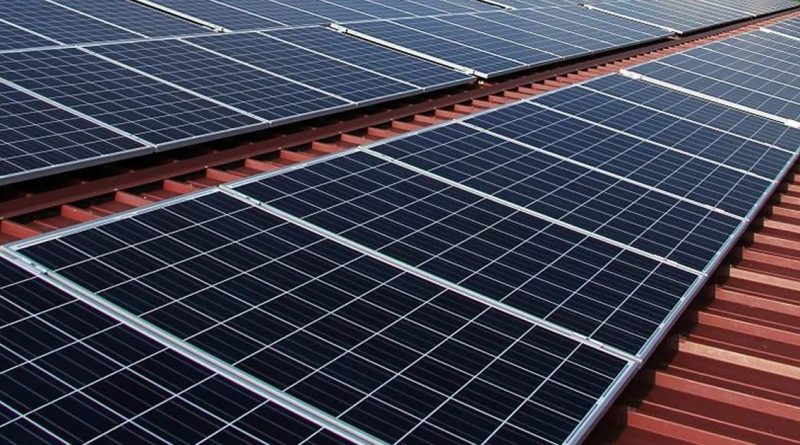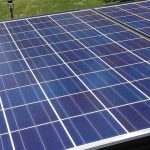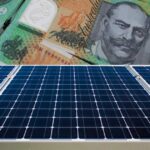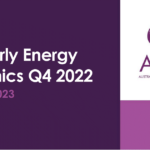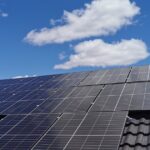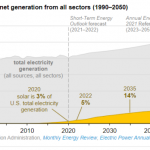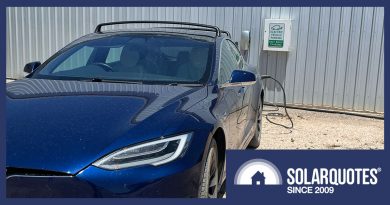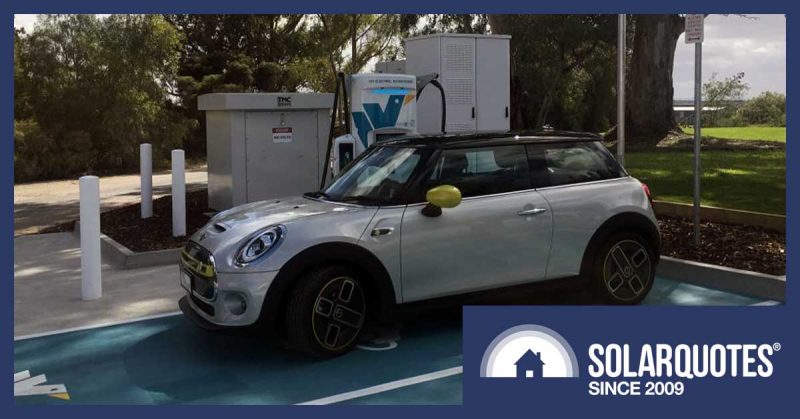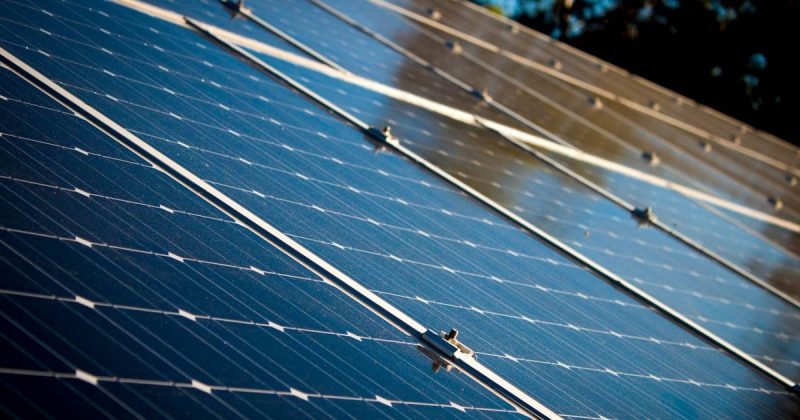Home Solar Power In Australia – Cost Per Kilowatt-Hour
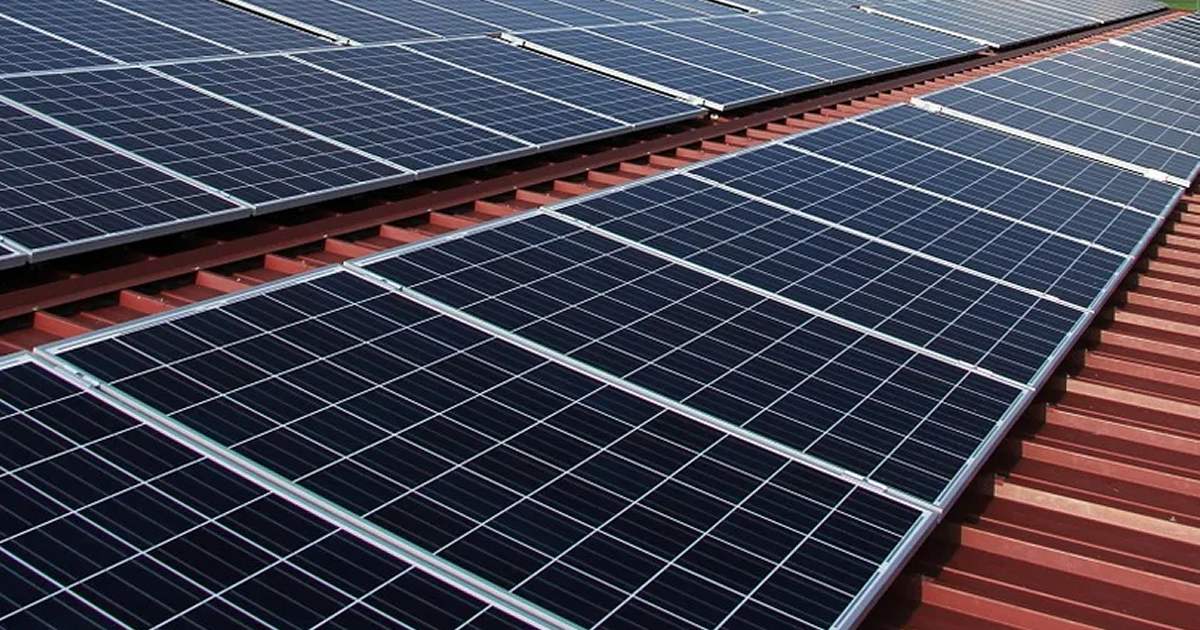

Prime Minister Scott Morrison’s goal for large-scale solar energy generation costs in Australia had me wondering – what does solar electricity cost per kilowatt hour from a small-scale PV system?
As part of doing things The Australian Way1 and not being “lectured by others who do not understand Australia,” PM Morrison outlined his plan for Australia to achieve net-zero emissions by 2050 yesterday. This was met with some cynicism (go figure).
But among the items the PM mentioned was this:
“we have set a stretch goal of solar electricity generation at $15 per megawatt hour (MWh)”
That would be wholesale – which makes up a bit over a quarter of electricity bills currently.
The CSIRO’s most recent GenCost report pegged the levelised cost2 of new solar in Australia somewhere between $50 to $55 per MWh wholesale last year, with that to drop to mid-40’s to low 50’s in 2030.
$15/MWh works out to 1.5c per kilowatt hour for large scale solar energy generation. Is that possible? Likely, as there have already been deals struck in some parts of the world where solar electricity is/will be sold for just a couple of cents per kilowatt hour.
Rooftop Solar Energy Generation Costs
The mention got me thinking about what it costs to generate a kilowatt-hour from a residential rooftop solar power system these days. I began by using the SolarQuotes solar calculator. I didn’t need all the useful figures it spits out, just some system generation figures.
For a rooftop 6.6kW solar power system installed in Sydney, total generation is around 9,783 kWh in the first year. I then used SQ’s Australian Solar Price Index for New South Wales, which indicated a 6.6kW solar system installed in NSW cost around $6,6003 last month, after the national subsidy.
Good quality solar panels should last decades, as should the mounting system. Good quality solar inverters, being the real workhorse of a system, should provide at least 10 years of service.
10-Year Calculation
Let’s start off with a cost per kilowatt-hour based on just ten years.
Something that needs to be added is the cost of system inspections and there are some misconceptions about solar system inspection frequency. According to SolarQuotes founder Finn Peacock, a good quality well-installed system should be inspected and tested by a Clean Energy Council accredited professional every 5 years. This costs approximately $200 – $300.
While in this example the second inspection would be due at the end of the 10-year period, we’ll add two on at the cheaper end of the range for a total system cost of $7,000
So:
- 9,783 kWh production annually x 10 years and taking into account 0.50% annual performance loss from the panels from year 2 = 95,658 kWh
- System cost over 10 years including initial purchase = $7,000
- 7,000 divided by 95,658 = ~7.3c per kilowatt hour
20-Year Calculation
And it would be cheaper again over 20 years, even with an inverter replacement that would cost around $1,400 – $2,000 installed (at today’s prices).
- 9,783 kWh production annually x 20 years (with solar panel performance loss) = 186,323 kilowatt-hours
- System cost over 20 years including initial purchase + inverter replacement and another couple of inspections = $9,600
- 9,600 divided by 186,323 = ~5.2c per kilowatt hour
Adding Back The Subsidy
So, that’s the cost to the owner of the system. But the overall average kilowatt-hour cost needs to factor in the value of the subsidy, which on a 6.6kW system is worth around $3,500 at the moment.
- 20 years of generation = 186,323 kilowatt-hours
- System cost over 20 years including initial purchase, plus $3,500 subsidy = $13,100
- 13,100 divided by 186,323 = ~7c per kilowatt-hour unsubsidised
That’s split ~5.2c to the owner of the system, and ~1.8c/kWh to the polluters required to buy the Small-scale Technology Certificates (STCs), on which the solar rebate is based. And while on the topic of these certificates; here’s another handy tool – SQ’s STC calculator.
Cost Vs. Value
The cost of rooftop solar energy is one thing – the value quite another. Emissions reductions and other benefits aside, generating electricity from your rooftop is dirt cheap compared to having to buy it. For example, electricity retailers in NSW are charging anywhere from north of 18.3c per kilowatt hour to 29.69c/kWh at the moment according to SQ’s electricity plan comparison tool.
The financial benefits for system owners will vary household to household depending on location, size of system and energy consumption profile. But the returns are usually excellent and payback quite rapid. Try the solar calculator to see what solar panels could do for you.
Footnotes
- I can’t help but shudder when I hear/read the terms “un-Australian” and “the Australian way” given how these words have been so widely abused. ↩
- Levelised cost of energy (LCOE) is the average net present cost of electricity generation for a generating plant over its life. ↩
- The average price for a 6.6kW system across Australia in September 2021 was around $5,800; so estimated costs per kilowatt-hour indicated would be cheaper in some cities. Generally speaking, they would also be cheaper with bigger systems. ↩
Original Source: https://www.solarquotes.com.au/blog/solar-cost-kwh-australia-mb2210/

